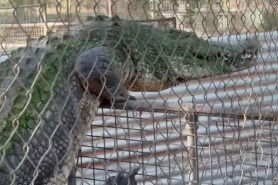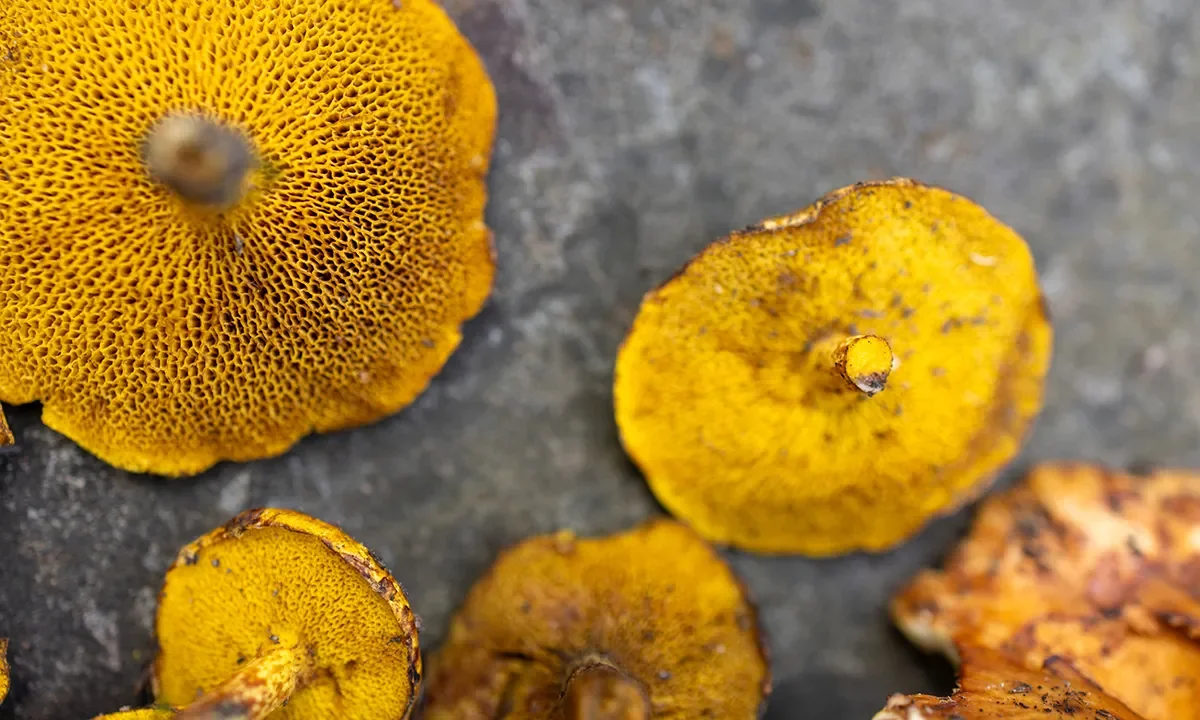

Foraging for wild mushrooms is only half the fun; the best part is when you get to eat them. Mushrooms are full of health benefits, but they are not really a carb, or protein, or fat. They contain very small amounts of each macronutrient and are low in calories per cup, but they taste delicious when prepared right.
Mushrooms have insane health benefits—especially wild mushrooms—and they are considered a superfood because of their nutrient density. Mushrooms have around 15 vitamins and minerals packed in each one, including vitamin B6, folate, magnesium, zinc, potassium, fiber, and vitamin D. They’re also rich in antioxidants, and the phytochemicals in mushrooms have anti-cancer and anti-aging properties.
While identifying the right mushrooms in the wild may be a challenge, preparing them is easy, if you know the right tricks. Here are eight.
Disclaimer: Before cooking and consuming wild mushrooms, make sure you are 100% certain what mushroom they are and always consult an expert. Many wild mushrooms are toxic, some deadly.
8. Use the Right Tools
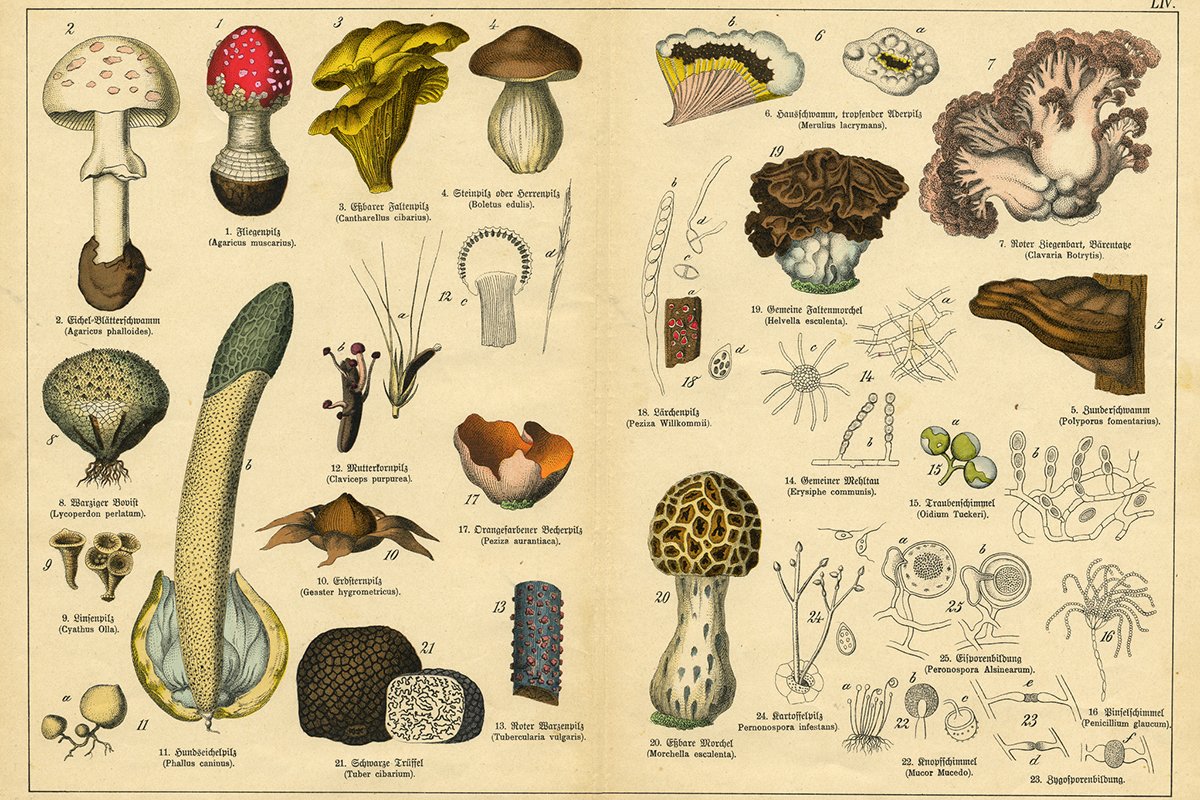
Use a very sharp knife when harvesting the mushrooms and make sure to collect them in a basket or breathable mesh bag to allow them to breathe. Be gentle with the mushrooms when removing them. When chopping, continue to use a really sharp knife to maintain their unique shape and avoid damaging their delicate flesh.
7. Don’t Wash Them in Water
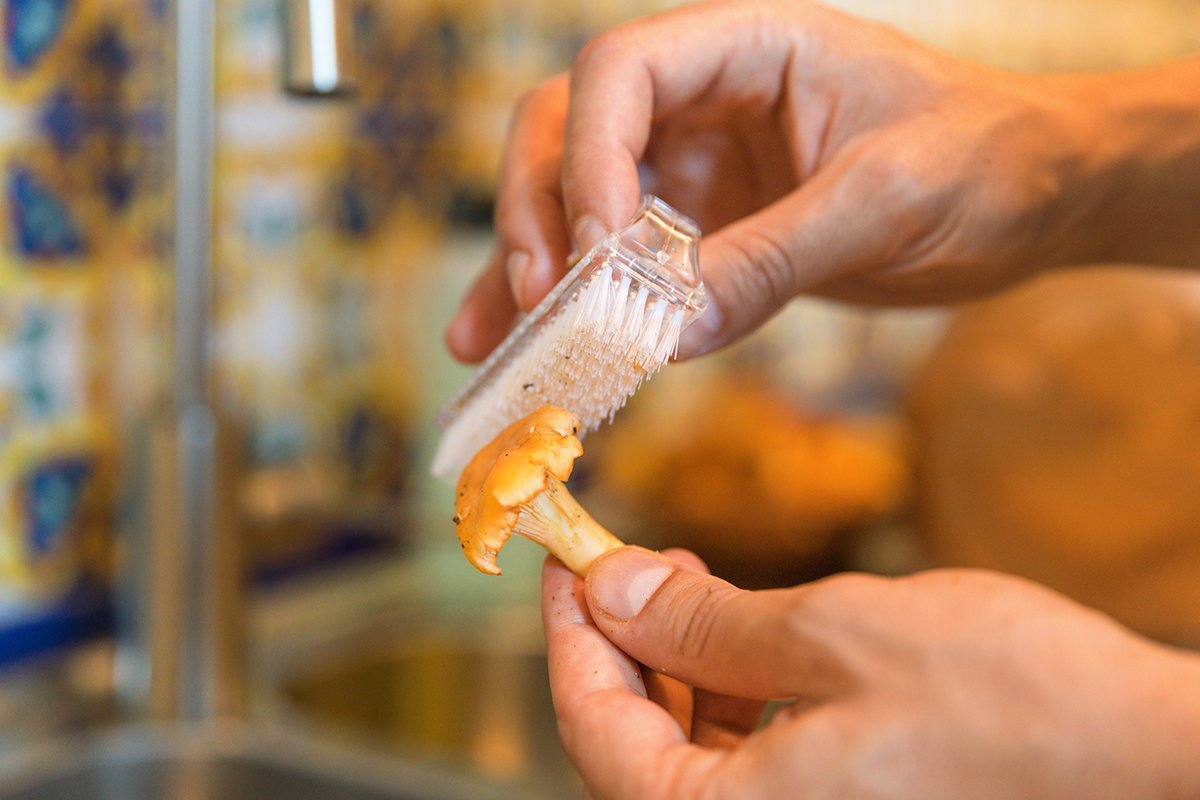
Mushrooms are mostly water, so don’t use water to clean them, because it will change and lessen their flavor. (The mushrooms will just absorb the water and they won’t taste as good.) Instead, use a very gentle brush to get rid of dirt and anything else that might still be on the wild mushrooms. Often, mushroom knives are equipped with a special mushroom brush for cleaning.
6. Check for Bugs
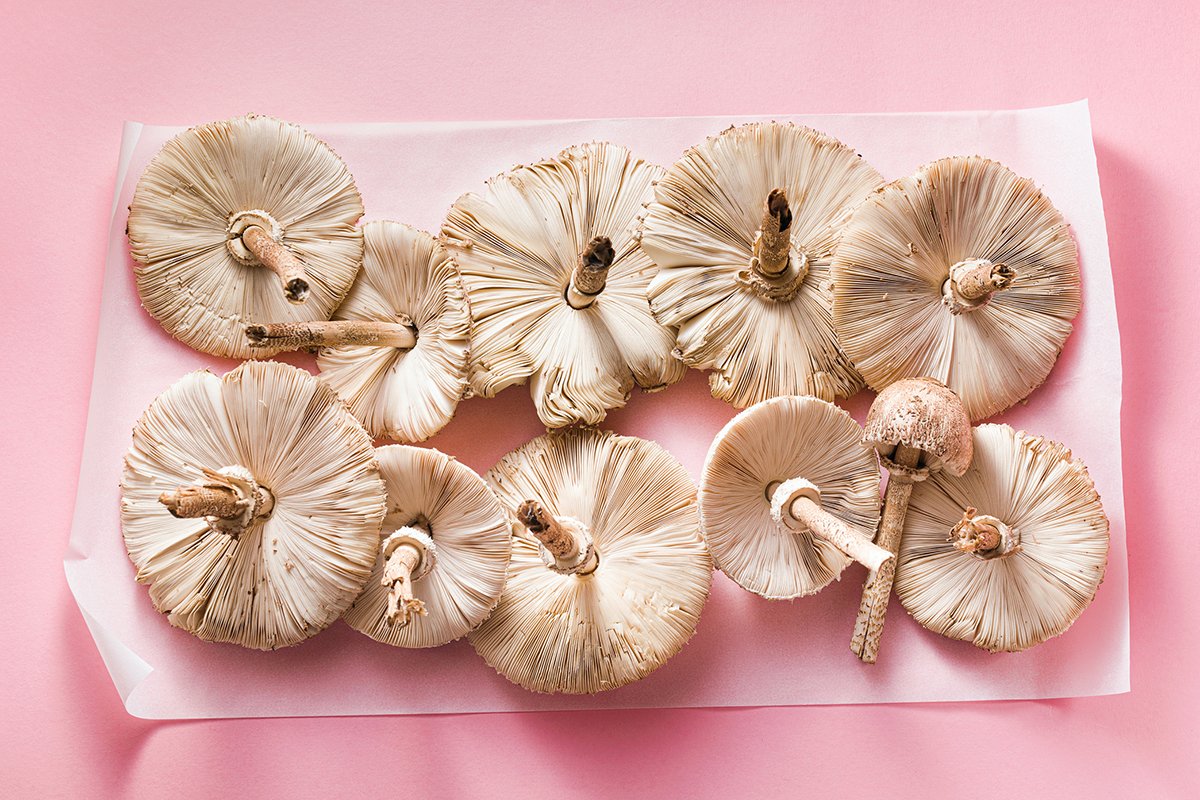
Always trim any damaged or discolored parts of the mushrooms away and avoid slimy mushrooms. Inspect them for insects, because sometimes, small bugs or worms live on mushrooms, especially those foraged from logs.
5. Most Mushrooms Should Be Cooked
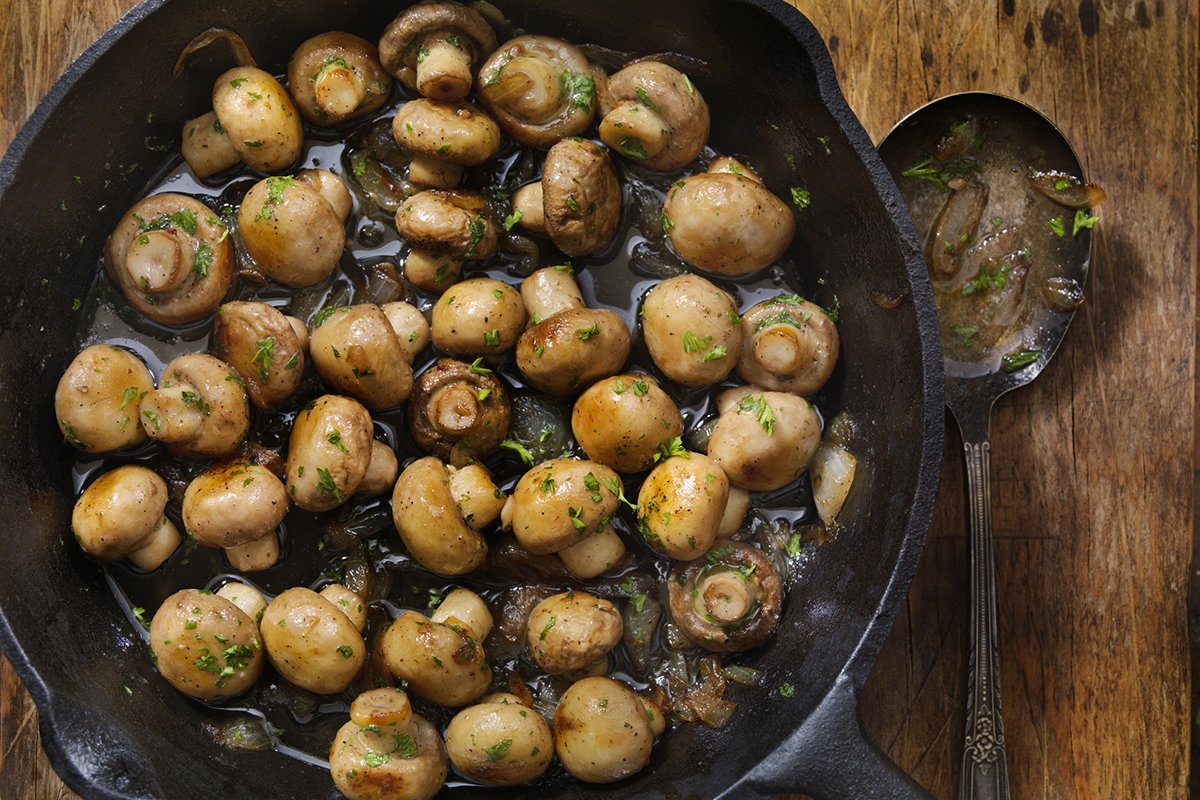
Almost all kinds of foraged mushrooms need to be cooked, and many are toxic if they are not—like morels—so cooking before consuming is usually the best choice. Sautéing mushrooms will also soften them and improve their texture.
Here are a few general ways to prepare cooked mushrooms:
- Sauté: For the best flavor, add butter or oil to the pan only after the water from the mushrooms has dissolved. Cook on medium-to-low heat until golden brown and soft.
- Roast: Add any desired seasonings to clean mushrooms and roast in the oven until they are tender and browned.
- Grill: Grilling mushrooms can be a great way to release different flavors.
4. Cook or Dry Them Right Away
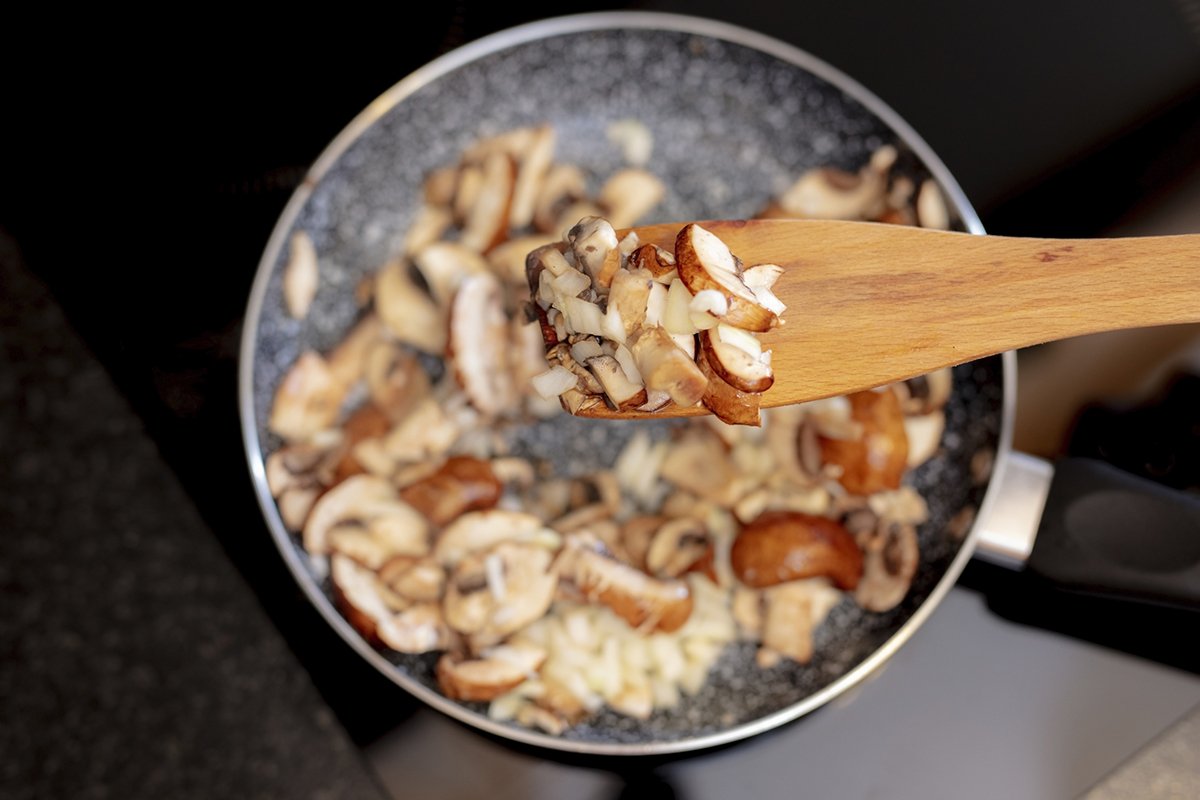
Foraged foods taste better when they’re fresh, so picking a bunch of mushrooms for your dinner that evening will help you enjoy the mushrooms’ flavor at its peak. Similarly, if you choose to dehydrate or freeze the mushrooms, it’s optimal to do so shortly after foraging. Clean the mushrooms before freezing or dehydrating them so they’re ready to go when you defrost them for use.
If you plan to eat foraged mushrooms a few days after harvesting, store them in a brown paper bag without closing the top to keep them fresher for longer. Avoid storing them in plastic wrap, because that will make them go bad faster.
3. Try Preserving Them
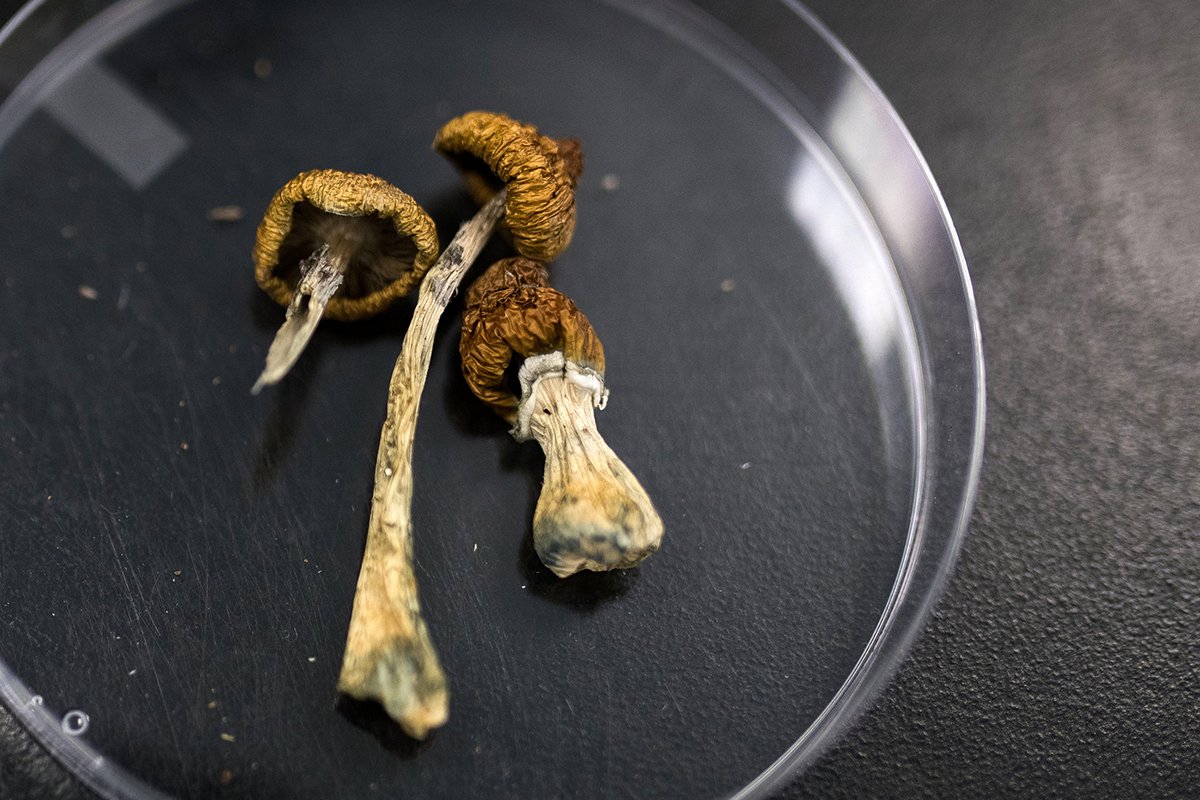
If you have a lot of foraged mushrooms that you can’t eat right away, you can freeze, dry, or pickle them for long-term storage. Dried mushrooms can be rehydrated later before cooking them to gain back their delightful texture. The water from rehydrated mushrooms has great flavor and can be used for soups and stews. Generally, you only need around one-eighth the amount of dried mushrooms compared to fresh when you’re measuring mushrooms for a recipe.
Some mushrooms like chicken of the woods and chanterelles don’t store well dried, so instead, try to cook, vacuum seal, and freeze them to retain their best flavor. Mushrooms freeze better when cooked since they are mostly water and may become mushy if you free them raw.
You can also try the Italian process for marinating mushrooms, like for porcini, by salting the mushrooms, boiling them in vinegar, drying them, and then preserving them in olive oil.
2. Don’t Overpower Them
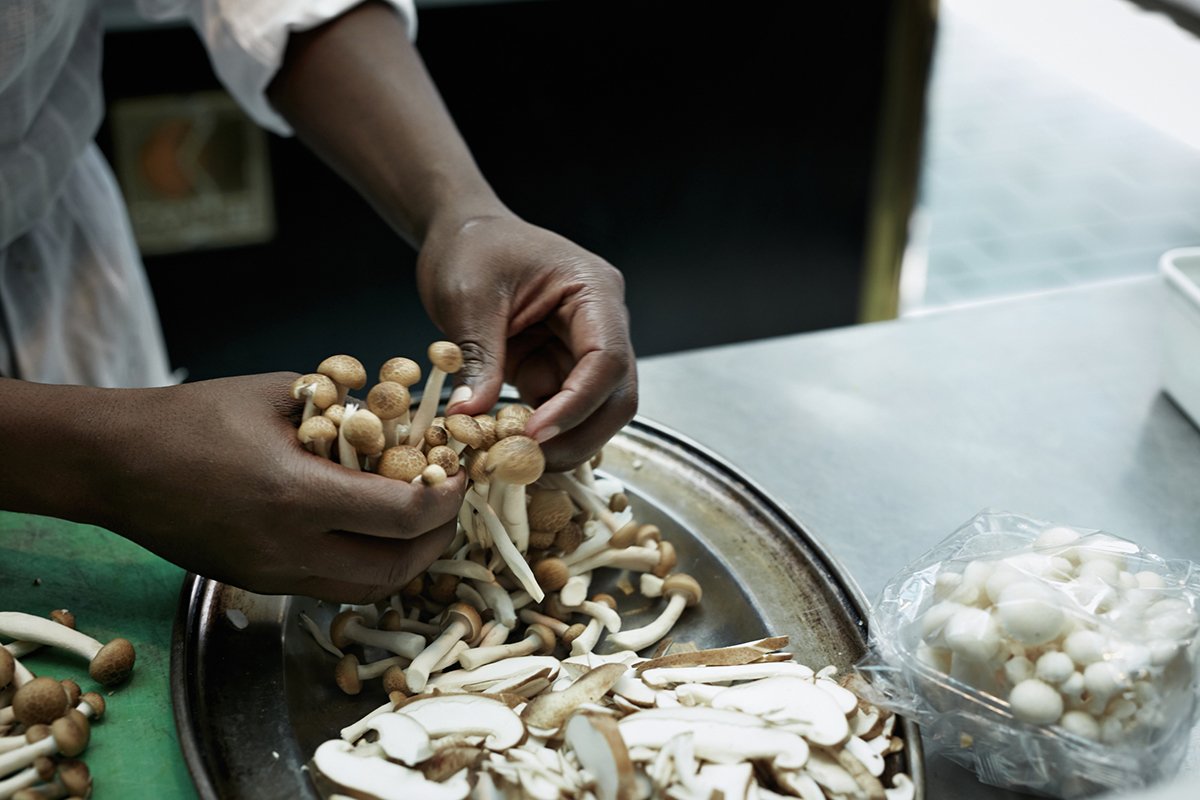
Seasonings and spices that go well with mushrooms can vary, but typically things like thyme, rosemary, parsley, garlic, and shallots pair perfectly with wild mushrooms. Mushrooms also pair well with wine and cheese, if you want to have a fall picnic. Experiment with different mushrooms and pairings to find your favorite flavors. Wild mushrooms often have a unique, earthy flavor; try not to overpower them. Allow that flavor to shine through without overloading your dish with too many seasonings.
1. Go for Hearty Meals
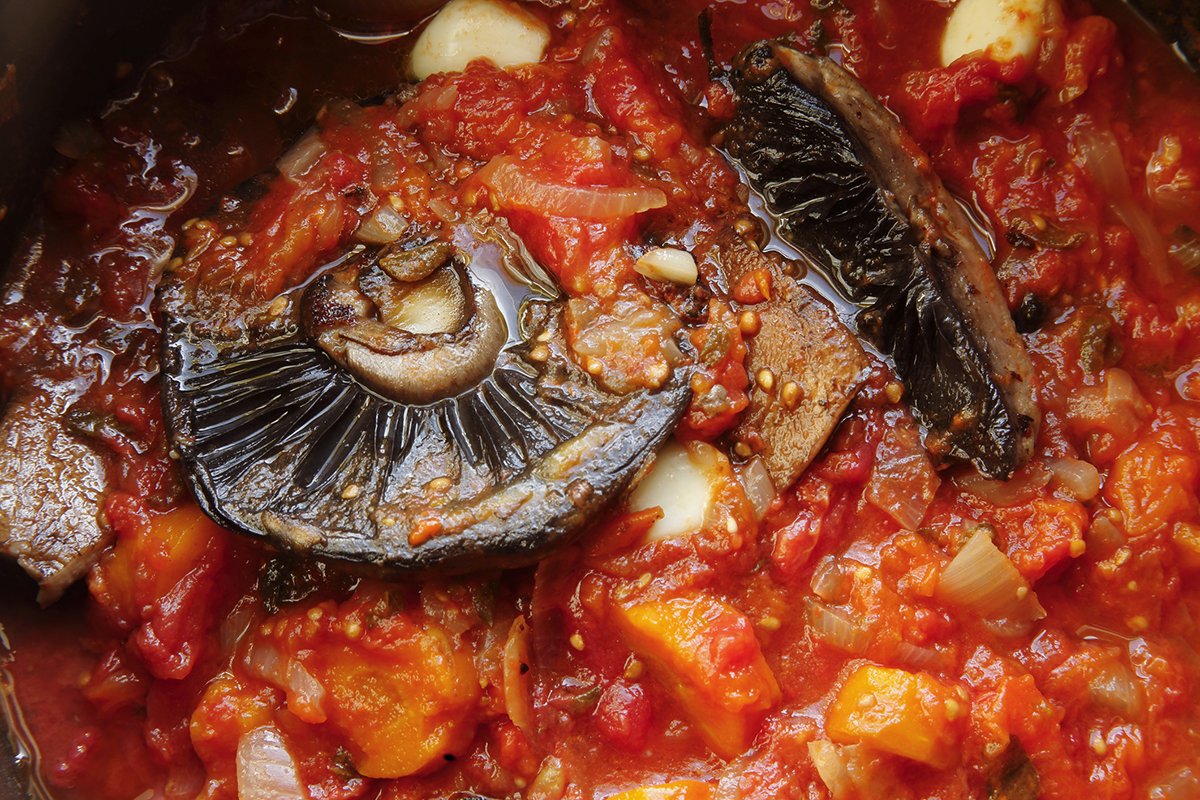
Wild mushrooms pair well with game meats, steak, and some types of seafood. Foraged mushrooms in particular also make great sauces for steak, pasta, or fish, because of their wonderful flavor. Making a wild mushroom stew or soup is also the perfect way to end a day foraging, and you can never go wrong with a creamy mushroom sauce drizzled over a steak.
Adding mushrooms to pasta or rice is also a match made in heaven. Mushroom risotto is insanely delicious, especially with foraged chanterelles or morels. Try adding sautéed foraged mushrooms to a simple sauce poured over noodles or as the stuffing inside ravioli.
For more mushroom content, browse here.






